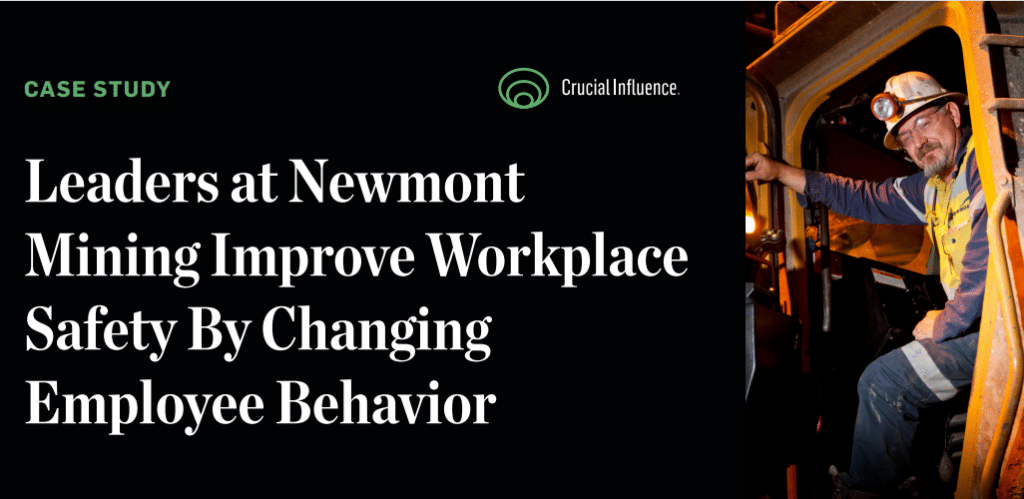It is a fact that – greater productivity and higher revenues are a result of highly engaged workforce who are committed to their organisations.
If you want to increase employee engagement in your organisation, implementing a culture of learning is crucial. This requires leaders at the top who are committed to make it happen.
Why should you worry about employee engagement?
According to a recent study conducted by Dale Carnegie Training and MSW Research, only 29% of the workforce are fully engaged with the organisation’s goals, vision and mission – remaining 45% are partially engaged and 26% actively disengaged.
Can you imagine the damage companies might experience with employees who are either always on their phones or constantly checked out at meetings or at their desks? It’s impact on the employee’s morale and overall productivity?
When employees are engaged, its impacts the businesses in several ways –
- Reduces absenteeism
- Decrease employee turnover
- Decreases errors and accidents
- Produces higher customer metrics
That’s not it – greater engagement means 17% better productivity, 20% increase in sales and 21% more productivity.
How to increase employee engagement in your organisation?
A renowned thought leader in HR. Josh Bersin discusses five elements that drive employee engagement:
- Meaningful work
- Hands-on management
- Positive work environment
- Growth opportunity
- Trust in leadership
Organisations committed to boost employee engagement focus on a culture of learning where highly engaged leaders proactively work towards employee’s personal development.
Leaders as Learning Catalysts
Simply talking about importance of learning and development within an organisation isn’t enough. Leaders must actively support learning and development of employees at all levels starting with the top management is crucial.
A gallup report suggests that 59% of the employees are more likely to be actively engaged when they are supervised by managers who are highly engaged as well.
So, how can we promote a culture of learning?
Assigning projects aligned towards the key strengths of employees, providing enough time for employees to work on their professional and personal growth and development, and encourage them to pursue higher education, to start with.
The demands of the new workforces are changing
As millennials take up a huge portion of the workforce, the need for promoting education and development opportunities for employees has become a critical aspect of many businesses.
The State of the American Workplace Report from Gallup found that approximately 87% of the millennials considered “professional or career growth and development opportunities” as an important aspect of their employment.
These numbers speak a lot. The thirst and desire to learn on the job has pushed employers to focus on these opportunities now more than ever. There is no doubt, if companies invest in their employees, the results of this will be directly visible on the company’s overall performance, revenues and growth.
Hear what Daniel Pink has to say about driving employee engagement at the 2013 REACH conference – https://www.youtube.com/watch?v=x8PsRWvJz00





